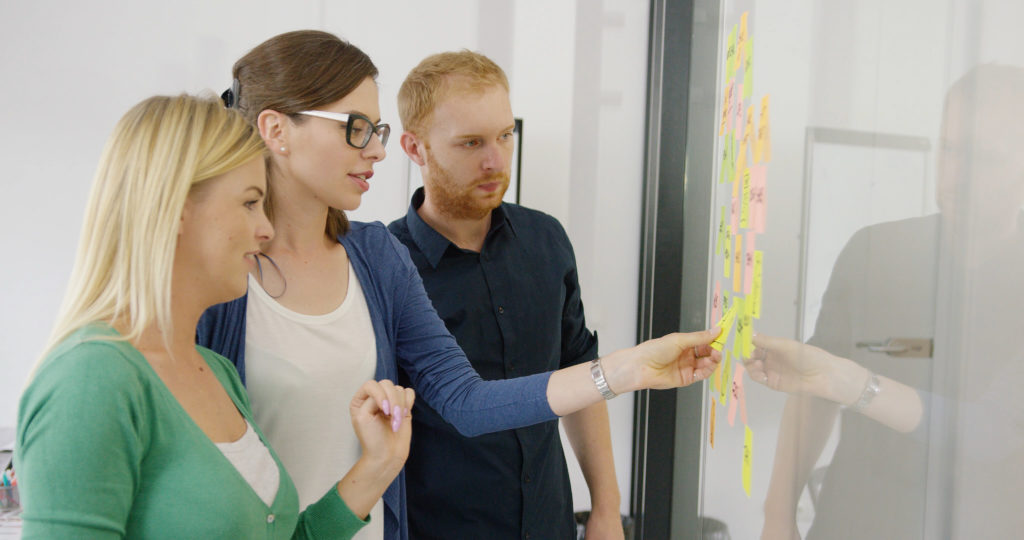
By Steven Nghe
For those companies that are frequently making the trip to visit customers, it may be time to reconsider the in-person approach. The speed of business is accelerating and with it the sophistication of virtual meeting and collaboration tools that can approximate the efficiency and transparency of in-person meetings. Meanwhile, it is simply not always advisable to meet in person. In fact, virtual meetings can be beneficial for both clients and customers. Here’s why.
The Technology is There
Technology has enabled fast and seamless virtual meetings. Freemium tools like Zoom, Join.me, and even Skype make it possible for multiple people to join in on company branded calls with video, screen sharing, and chat. Scheduling tools like Calendly let professionals easily schedule and reschedule calls along with timely reminders.

Meetings spanning time zones can now be scheduled without a second thought. Note-taking tools like Tetra promise that nobody will ever have to take call notes again. Finally, collaborative productivity tools like Asana and Basecamp make it easy to put together call agendas. For those companies that have the benefit of using robust CRMs, some provide all or most of the above as part of one neat package.
Benefits
Time & Money
The most obvious benefit to switching to a virtual approach is savings in time and money. Even if you’re only traveling across town, a meeting can wipe out a morning. Meetings out of state can torpedo entire days between airport travel, delays, and more, not to mention the cost of driving or flying to corporate pocketbooks. This is also true, of course, for clients and customers, who set aside time preparing meeting spaces and allocate more time to in-person meetings than they would otherwise. It goes without saying that the in-person approach costs time and money beyond the meetings themselves.

Productivity
Meanwhile, in-person meetings are under attack and it’s not uncommon to read headlines about the death of the meeting. To combat inefficiencies, we have endless articles about how to improve conventional meetings alongside the rise of standing meetings. In these times, there’s no shame in meetings that are short and meaningful, however hard they are to attain, and by extension calls that by their very nature eliminate some of the tendencies towards wastefulness of in-person meetings. In the least, it’s probable people will spend more time in meetings than they otherwise would if they had to travel out there to justify the expense.

Value
It’s easy to confuse all this talk of digitalization with a reduced workforce, but it has more to do with evaluating and refining processes than eliminating positions. With similar outcomes but reduced costs, virtual meetings are one way that employees can bring more value to the company. Rather than spending time scheduling meetings and booking flights and accommodations, professionals can focus on call agendas and deliverables. The switch to virtual meetings is consistent with an overall trend towards the consultative versus relationship sales approach that is driven by retaining customers more sustainably by providing value.
Frequency
The benefits of virtual meetings become more amplified over the long run. Long-term projects typically require multiple meetings over weeks, months, or years. What’s more sustainable and conducive to regular conversation: easily scheduled virtual meetings or in-person meetings that require travel and expense? With virtual meetings, manufacturer and client can get in the habit of daily or weekly calls, reducing the likelihood of mistakes, missed deadlines, and ultimately, unhappy customers.
Transitioning to a Virtual Approach
If you’ve decided to transition some or all of your business to a virtual approach, excepting special occasions or instances when there is really no better alternative to meeting in person, the first step is to create a strategy that ensures everybody is present, presentable, and involved.
Introduce Virtual Meetings
Begin by emphasizing just how much can be done virtually. It can mean more meetings done more efficiently. With the introduction of quick and effective meetings, it’s possible to increase and improve the frequency and quality of meetings that are taking place.
Take Virtual Meetings Seriously
Remember it’s just as damaging to your brand and reputation to miss a virtual meeting as it is a regular meeting, even with the ease of scheduling and showing up (or not). If you take virtual meetings as seriously as you would in-person meetings, it will show your customer that you mean business even with the switch.

Set the Stage
Make ground rules for your team above and beyond showing up on time. Require dress shirts or polos. Disallow mobile phone use or Internet browsing. Eliminate any invitees who aren’t absolutely necessary to maintain efficiency just as you would in in-person meetings. Borrow from the processes of stand-up meetings and set the stage for virtual meetings in a way that demands focus.
Communicate the Brand
Consider ways to communicate your brand during calls. Certain video conferencing software, for a premium, allow you to brand your virtual meeting rooms in different ways. Or consider software you already use that has a white-label option. In the least, presentations can and should always be branded to create affinity for your business.
Have an Agenda
In virtual meetings, it’s more important than ever to be fastidious about the call agenda and follow-up. What are key topics that must be covered? Analyze previous meetings. Are there secondary topics that lead the call off-course? Are there particular questions or comments that inspire off-topic conversation. Be ruthless about what makes the agenda and stick to it.

Introduce More Transparency
Leverage collaborative tools to create more transparency between what you do and the value you’re delivering. The more customers know about what’s happening in between meetings, the fewer points will need to be discussed during the meeting. Manufacturer and customer will be able to focus on those key sticking points that can really remove bottlenecks and propel projects forward.
Make a Special Effort to be Available
Even outside of meetings, it’s important to emphasize your virtual availability. Sales teams can remind themselves to follow up at a frequency that’s appreciated by customers. Client managers can shoot an email when they’re actively at work on the client sharing their availability. Small but regular efforts to stay connected can be an effective stand-in for in-person meetings in establishing trust.
Save In-persons for Special Occasions
There’s no need to completely abandon in-person, but save it for relationship building and special occasions where your presence can have a big impact and help cement relationships. If, for example, you’re introducing new software tools that will streamline how your customer engages with you, it’d be worth it to make yourself available in-person to help demonstrate and on-board your customers.
Conclusion
As businesses digitize, the ability to work and maintain long-standing relationships with customers, all remotely, is becoming more and more attainable. Smaller manufacturers can harness the collective power of standalone tools to create a seamless virtual meeting experience. Larger manufacturers can leverage their CRMs to maintain robust virtual connectivity with their clients. While the in-person approach still has its merits, transitioning to a virtual approach has too many benefits to both manufacturer and customer to not be considered a strategic asset to the customer relationship.

Steel base plates are fundamental elements employed in various manufacturing...
Metal fabrication is a critical process that transforms raw metal...
The solar industry has undergone a significant transformation by incorporating...

X
The Kloeckner Metals website uses modern technologies. Unfortunately, your browser doesn't support those technologies.
Download the latest version of one of these browsers to experience the site: